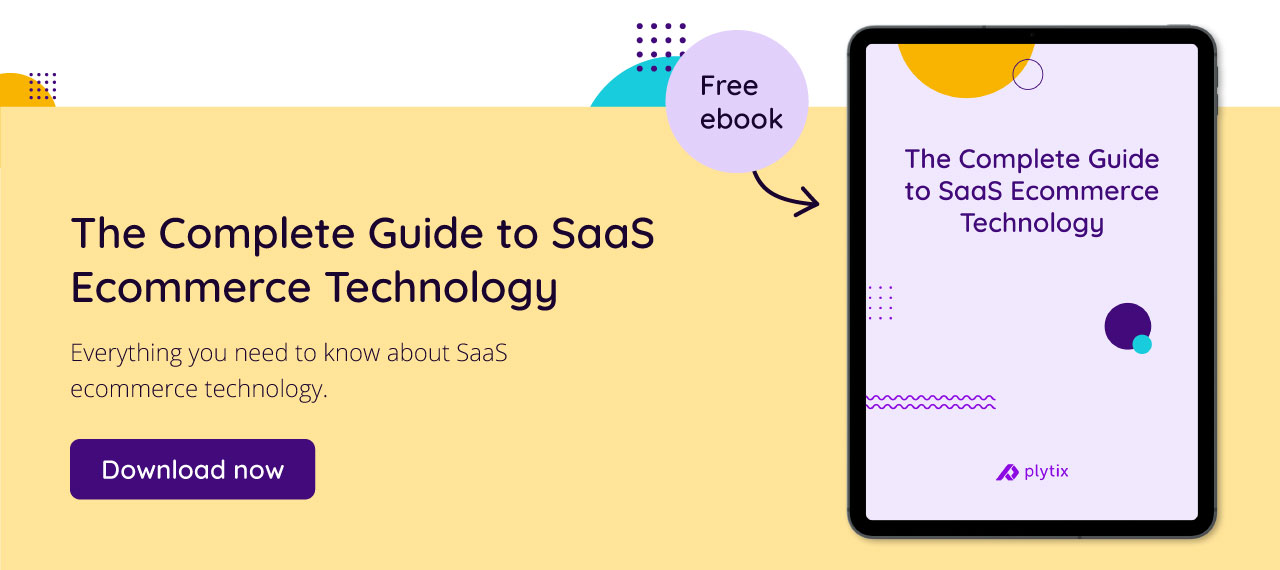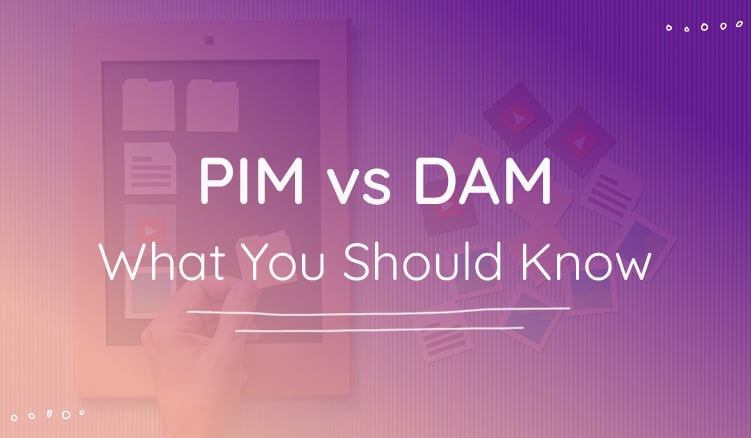Whether you’re a small or large ecommerce brand, you know that digital assets help customers make a purchasing decision. But with all the digital assets (images, pack shots, social media graphics, videos, illustrations, etc.) you have to manage scattered in different folders and drives, and it’s not easy to ensure that they’re all high-quality, accurate, up-to-date, and duplicate-free.
That’s how you’ve come to the realization that you need an efficient way to manage all of them, and that’s why you’re on this page, right? Well… the answer is digital asset management.
What is digital asset management?
Digital asset management is the process of storing, organizing, accessing, and managing all of your digital assets. There are many different types of tools that can help you with this process (but we’ll get into those examples later). These tools enable you to create a digital asset management workflow, which outlines how to define, produce, review, publish, and upload digital assets. This ensures that everyone in the organization, such as designers, sales, marketing teams, and ecommerce managers, can create assets and find them with ease.
Why is digital asset management important in ecommerce?
Now that we know what digital asset management is and what it can do for your business, let's take a deeper look into why it’s important:
Have an efficient and secure file management system
Efficiency in ecommerce is vital as it’s a fast-paced environment where customers can decide to search for a product elsewhere if your business doesn’t have it. As useful as digital assets are, if you don’t have a centralized location for them, you risk losing them, needing to redo them, or just generally wasting time looking for them.
According to this study, 54% of designers and marketers have admitted to using Google to find their company logo which takes up company time. The same study found that 4 in 10 marketers and creatives lack a centralized hub for their digital assets.
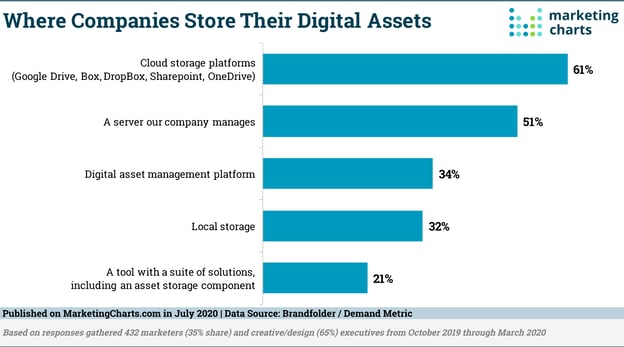
A DAM solution ensures that your digital assets are stored in a safe place and are easy to find so that your teams don’t waste time searching for hours.
Make collaborative tasks easier
While there is no “I” in “team”, working with others can be challenging as communication breakdowns are bound to happen if you don’t have a solid process in place. With a DAM system, businesses can efficiently collaborate with internal teams as it helps organize the assets tied to a product for when you’re working on new campaigns, sending to partners for reselling or co-marketing, or getting your product information out to marketplaces.
With a DAM, you can also take advantage of its collaboration features such as tagging, naming conventions, index, folders, advanced search capabilities, and custom permissions. That way each team player can work with assets specific to their tasks. Cloud-based DAM systems also ensure that remote workers can work with ease as all files are stored in the cloud so those who need access can access digital assets wherever they are.
Send products to market efficiently
According to Harvard Business School, “over 30,000 new products are introduced each year, and 95 percent of them fail.” While there are many reasons for failed products, managing new product assets using ineffective processes can contribute to the failure. With a DAM solution, you can promptly send products to market as you’ll no longer waste hours searching, reshooting, or fixing new product assets. Instead, you can use that time for other core business functions, such as promoting the new product and ensuring good customer experience.
Improve brand consistency
Leaving a long-lasting impression on customers isn’t only done by the quality of your product or service, it’s also done through branding. Wherever a customer is shopping, they need to always be able to spot your brand. Take Nike for example, customers would know the “Just Do It” slogan and the iconic swoosh logo ANYWHERE, and this is because of their consistency in branding.
According to this article, more than 88% of customers buy from a brand with authority. Authority comes from a number of factors, and branding is one of them. A DAM system can help make sure your branding assets are always consistent and high-quality so that you can create a brand that customers will always remember. How? Well, when you have all of your assets in a single location, you always send the highest quality and most updated version of your digital assets. You won’t have to worry about accidentally using an old version or an unfinished variation of a digital asset. It is also easy to spot branding inconsistencies on your digital assets, which gives you time to resolve the issues before you place the information in front of customers.
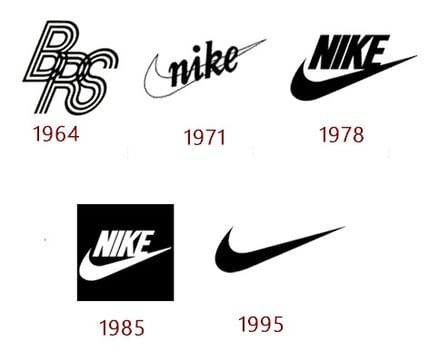
Makes a marketer’s job easier
Marketers are one of the many superheroes in an organization as they help brands create a consistent voice, help improve engagement and bring in leads. But for a marketer to do their job efficiently, they need all the resources necessary to get the job done. Studies found that a total of 40% of marketers say a challenge they face is locating digital assets for their marketing campaigns. They also found that 51% of marketers waste money producing and recreating assets that aren’t used because people couldn’t find them or didn’t know they existed. They also found that 46% wasted time downloading and uploading assets into different tools. So basically, marketers are spending a lot of time repeating tasks because they don’t have the right tools for them to work efficiently.
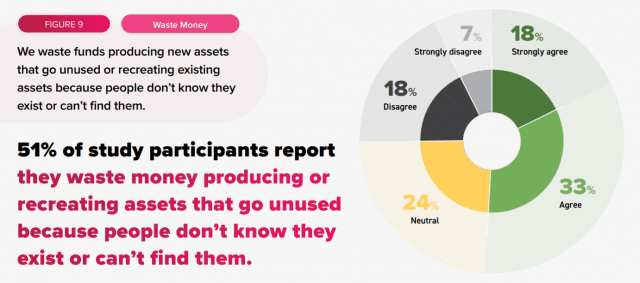
All this can be solved with a DAM system as the study found that those who have a DAM solution are spending 28% less time per week searching for assets, and content marketers say they spend 34% less time managing their digital assets each week. This all shows us that implementing a DAM solution will save your ecommerce business a lot of time and, in turn, money.
Tools that help you with digital asset management
Now that you know how digital asset management is important, here are tools that can help you automate your processes.
1. Digital asset management tools
Digital asset management tools allow businesses to automate their digital asset management. With this software, you can organize, distribute, collaborate, and store all your digital files safely in a centralized location. The one downside of a dedicated DAM system in ecommerce is that you’ll need a separate space for your product information as it doesn’t hold that kind of content.
2. Product information management tools
Product information management tools allow businesses to have a centralized database where they can store product information such as SKUs, titles, product descriptions, marketing data, and localized content. What makes this best for ecommerce businesses is that modern-day PIM software has DAM capabilities. A PIM and DAM solution allows you to efficiently manage all your product data and digital assets in one place, which cuts back on the tools your team uses, ensures brand consistency, and facilitates all-around high-quality product information.
3. Brand management tools
Brand management tools allow businesses to have a centralized database where they can create, manage, store, and distribute digital assets internally and externally. The purpose of this software is to ensure brand consistency across all sales channels and efficiently store information around branding (like taglines, logos, mascot information, branding color palettes, and tone of voice). The biggest difference of this software is that, unlike DAM systems, brand management tools only focus on assets and guidelines that are specifically related to an organization's branding. Whereas a DAM system focuses on all the digital assets of a business, and its primary focus is sharing and organizing files.
4. Video management tools
Video management tools allow businesses to have a central hub for organizing, storing, and distributing video content. The downside here is that you’d still need to find a place to store other digital assets such as images, logos, and packshots.
5. Marketing resource management tools
Marketing resource management tools allow businesses to unify all their marketing processes, assets, and teams to help support marketing strategies and workflow optimization. Most marketing resource management tools have a few DAM capabilities, however, they don’t have all the features you would need and it’s most beneficial for marketing teams and doesn’t help with collaborating with other parties and departments. This could be ineffective for digital assets for ecommerce so you might have to get a DAM system too.
Final thoughts
Digital asset management will always be important as it helps customers learn more about your product and can hopefully lead to a purchase. But, as you may have noticed in your efforts to manage your digital assets, using a system that doesn't automate the process can still be challenging and time-consuming. So, now may be the time to look for DAM software that helps improve efficiency within your organization.
If you’re interested in reading more about DAM solutions and other helpful ecommerce tools you may need, download our free ebook here.


